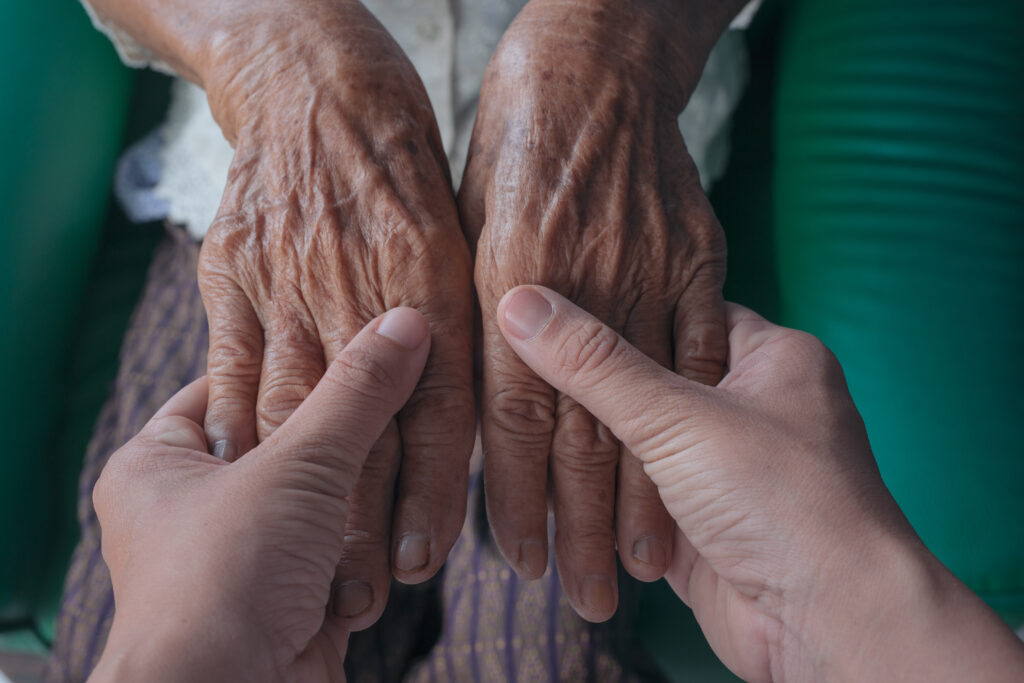Parkinson's Disease

parkinson’s disease is a progressive neurodegenerative disorder that primarily affects movement. It develops due to the degeneration of dopamine-producing neurons in a part of the brain called the substantia nigra. Dopamine is crucial for regulating movement and coordination, and its loss leads to the characteristic symptoms of Parkinson’s disease.
Causes and Risk Factors
The exact cause of Parkinson’s disease is unknown, but it is believed to result from a combination of genetic and environmental factors:
- Genetic factors: Certain genetic mutations can increase the risk, though most cases are sporadic and not directly inherited.
- Environmental factors: Exposure to toxins such as pesticides and herbicides has been linked to an increased risk.
- Age: The risk increases with age, with most people developing the disease around 60 or older.
- Sex: Men are more likely to develop Parkinson’s disease than women.
- Family history: Having a close relative with Parkinson’s increases the risk, although this is a minor factor for most patients.
Causes
Peripheral neuropathy can result from various factors, including:
- Diabetes: The most common cause, leading to diabetic neuropathy.
- Infections: Such as Lyme disease, shingles, and HIV/AIDS.
- Autoimmune diseases: Like rheumatoid arthritis, lupus, and Guillain-Barre syndrome.
- Inherited disorders: Such as Charcot-Marie-Tooth disease.
- Trauma or injury: Physical injuries that damage nerves.
- Exposure to toxins: Including heavy metals and certain chemicals.
- Vitamin deficiencies: Especially B vitamins.
- Chronic alcohol abuse.
- Certain medications: Such as those used for chemotherapy.
- Kidney, liver, or thyroid disorders.
At Dar EL-MONA Creating an individualized plan of treatment for neurorehabilitation begins with a comprehensive assessment, which informs the development of a tailored individualized intervention strategy.
Each patient’s treatment plan is tailored to their specific needs, considering the severity of their condition, overall health, and rehabilitation goals. Continuous assessment and adjustment of the manual therapy techniques ensure optimal outcomes.
